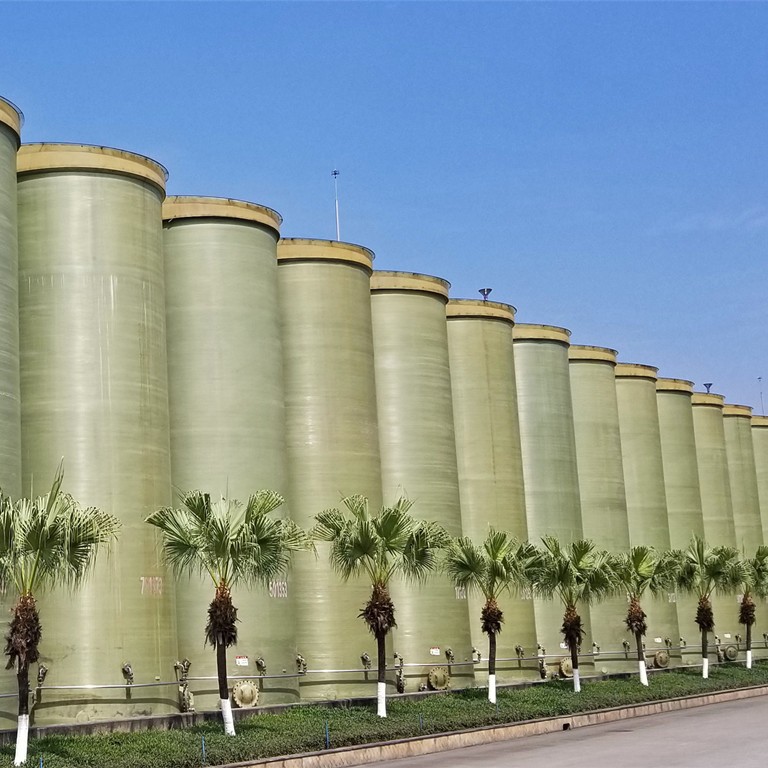
-
 Afrikaans
Afrikaans -
 Albanian
Albanian -
 Amharic
Amharic -
 Arabic
Arabic -
 Armenian
Armenian -
 Azerbaijani
Azerbaijani -
 Basque
Basque -
 Belarusian
Belarusian -
 Bengali
Bengali -
 Bosnian
Bosnian -
 Bulgarian
Bulgarian -
 Catalan
Catalan -
 Cebuano
Cebuano -
 China
China -
 China (Taiwan)
China (Taiwan) -
 Corsican
Corsican -
 Croatian
Croatian -
 Czech
Czech -
 Danish
Danish -
 Dutch
Dutch -
 English
English -
 Esperanto
Esperanto -
 Estonian
Estonian -
 Finnish
Finnish -
 French
French -
 Frisian
Frisian -
 Galician
Galician -
 Georgian
Georgian -
 German
German -
 Greek
Greek -
 Gujarati
Gujarati -
 Haitian Creole
Haitian Creole -
 hausa
hausa -
 hawaiian
hawaiian -
 Hebrew
Hebrew -
 Hindi
Hindi -
 Miao
Miao -
 Hungarian
Hungarian -
 Icelandic
Icelandic -
 igbo
igbo -
 Indonesian
Indonesian -
 irish
irish -
 Italian
Italian -
 Japanese
Japanese -
 Javanese
Javanese -
 Kannada
Kannada -
 kazakh
kazakh -
 Khmer
Khmer -
 Rwandese
Rwandese -
 Korean
Korean -
 Kurdish
Kurdish -
 Kyrgyz
Kyrgyz -
 Lao
Lao -
 Latin
Latin -
 Latvian
Latvian -
 Lithuanian
Lithuanian -
 Luxembourgish
Luxembourgish -
 Macedonian
Macedonian -
 Malgashi
Malgashi -
 Malay
Malay -
 Malayalam
Malayalam -
 Maltese
Maltese -
 Maori
Maori -
 Marathi
Marathi -
 Mongolian
Mongolian -
 Myanmar
Myanmar -
 Nepali
Nepali -
 Norwegian
Norwegian -
 Norwegian
Norwegian -
 Occitan
Occitan -
 Pashto
Pashto -
 Persian
Persian -
 Polish
Polish -
 Portuguese
Portuguese -
 Punjabi
Punjabi -
 Romanian
Romanian -
 Russian
Russian -
 Samoan
Samoan -
 Scottish Gaelic
Scottish Gaelic -
 Serbian
Serbian -
 Sesotho
Sesotho -
 Shona
Shona -
 Sindhi
Sindhi -
 Sinhala
Sinhala -
 Slovak
Slovak -
 Slovenian
Slovenian -
 Somali
Somali -
 Spanish
Spanish -
 Sundanese
Sundanese -
 Swahili
Swahili -
 Swedish
Swedish -
 Tagalog
Tagalog -
 Tajik
Tajik -
 Tamil
Tamil -
 Tatar
Tatar -
 Telugu
Telugu -
 Thai
Thai -
 Turkish
Turkish -
 Turkmen
Turkmen -
 Ukrainian
Ukrainian -
 Urdu
Urdu -
 Uighur
Uighur -
 Uzbek
Uzbek -
 Vietnamese
Vietnamese -
 Welsh
Welsh -
 Bantu
Bantu -
 Yiddish
Yiddish -
 Yoruba
Yoruba -
 Zulu
Zulu
frp boat body
The Advantages of FRP Boat Bodies
In the world of boating, the materials used to construct vessels significantly influence their performance, durability, and aesthetic appeal. One material that has gained immense popularity in recent years is Fiber Reinforced Polymer (FRP). Comprising a polymer matrix reinforced with fibers, such as glass or carbon, FRP offers several benefits that make it a preferred choice for boat bodies. In this article, we will explore the advantages of using FRP for boat construction and why it is becoming the material of choice for both manufacturers and boat enthusiasts.
Durability and Strength
One of the most significant advantages of FRP boat bodies is their exceptional durability and strength-to-weight ratio. Unlike traditional materials such as wood or metal, FRP is highly resistant to corrosion, rot, and UV degradation. This resilience ensures that boats constructed with FRP can withstand harsh marine environments, offering longevity and reliability. Additionally, the lightweight nature of FRP allows for increased speed and maneuverability without sacrificing strength. As a result, boat designers can create sleek and efficient hull shapes that enhance performance.
Versatility in Design
The Advantages of FRP Boat Bodies
Low Maintenance Requirements
frp boat body

Another appealing aspect of FRP boats is their low maintenance requirements. Unlike wooden boats that require regular sealing, painting, or varnishing to prevent water damage and decay, FRP is virtually maintenance-free. A periodic wash to remove salt and grime is typically sufficient to keep an FRP boat looking new. This characteristic not only saves time and money for boat owners but also makes FRP boats more accessible to newcomers who may not have the experience or knowledge to maintain traditional boat materials.
Cost-Effectiveness
While the initial cost of FRP boat construction can be higher than other materials, the long-term savings associated with durability, low maintenance, and fuel efficiency often make it a more economical choice. FRP's resistance to weathering and wear reduces repair and replacement costs over the boat's lifespan. Additionally, the lightweight nature of FRP vessels often leads to improved fuel efficiency, allowing boaters to save on fuel costs during their adventures on the water.
Sustainability
As environmental concerns become increasingly important in all industries, the marine sector is no exception. FRP materials can be produced using more sustainable practices, and many manufacturers are exploring the use of bio-based resins and recycled fibers. Additionally, the long lifespan and low maintenance requirements of FRP boats contribute to their sustainability, as they do not require frequent replacements or extensive repairs, reducing waste.
Conclusion
The growing popularity of FRP boat bodies is a testament to their numerous advantages, including durability, design flexibility, low maintenance, cost-effectiveness, and sustainability. As boat manufacturers and enthusiasts continue to seek innovative and practical solutions for their needs, FRP stands out as a superior choice for boat construction. With ongoing advancements in materials technology, the future of boating looks bright, and FRP will undoubtedly play a pivotal role in shaping the next generation of vessels. Whether for leisure, sport, or commercial use, FRP boats are set to dominate the waterways, offering a perfect blend of performance and aesthetic appeal.









